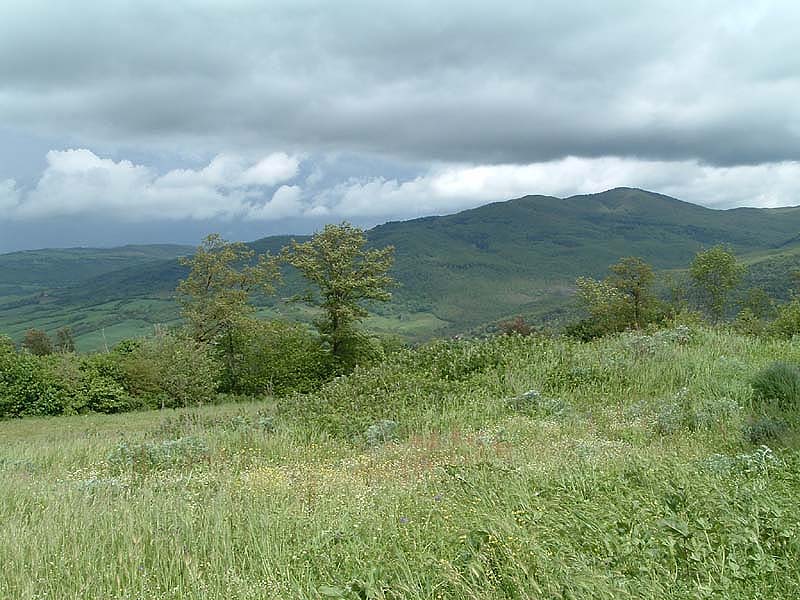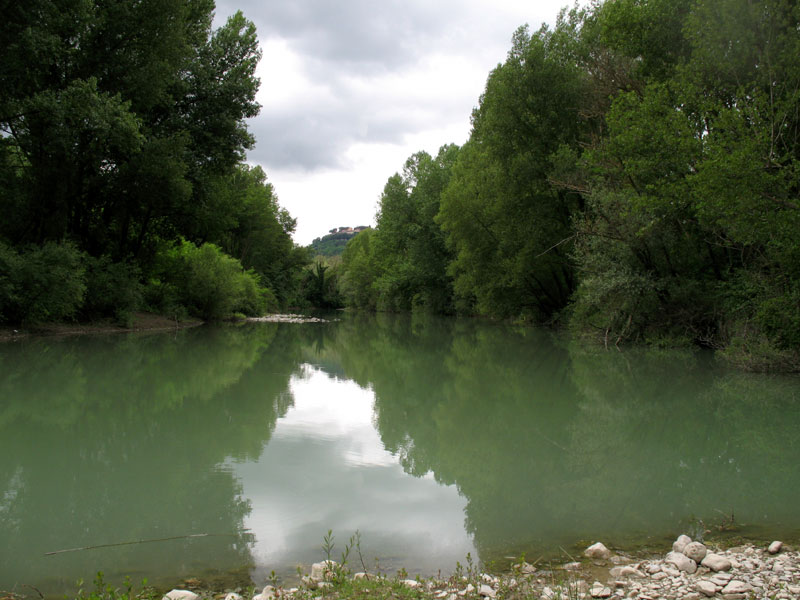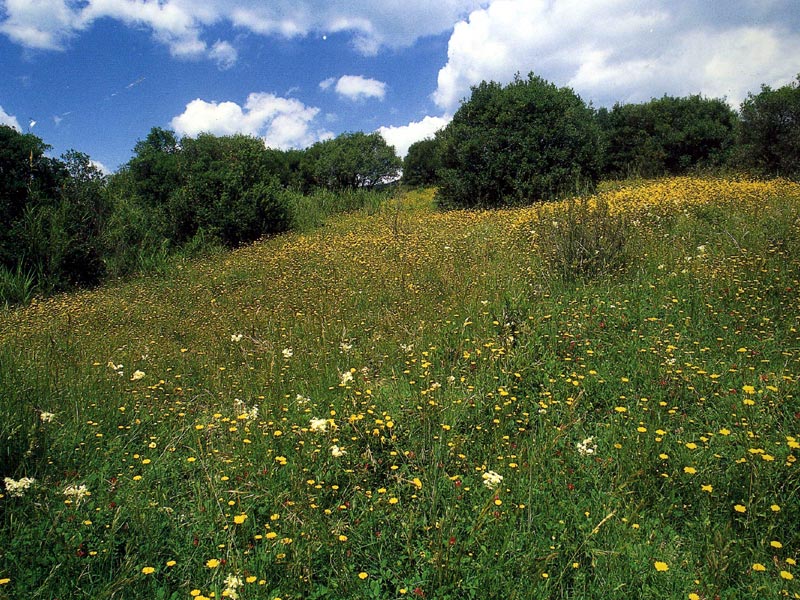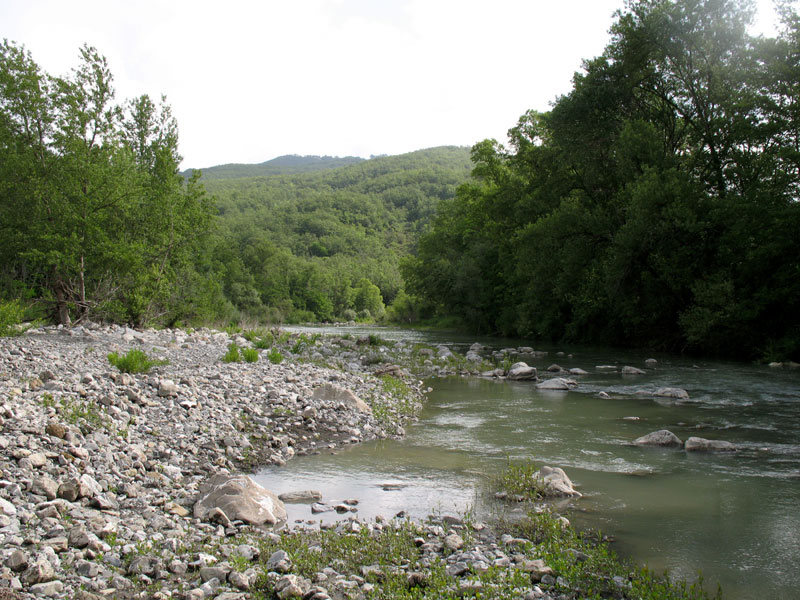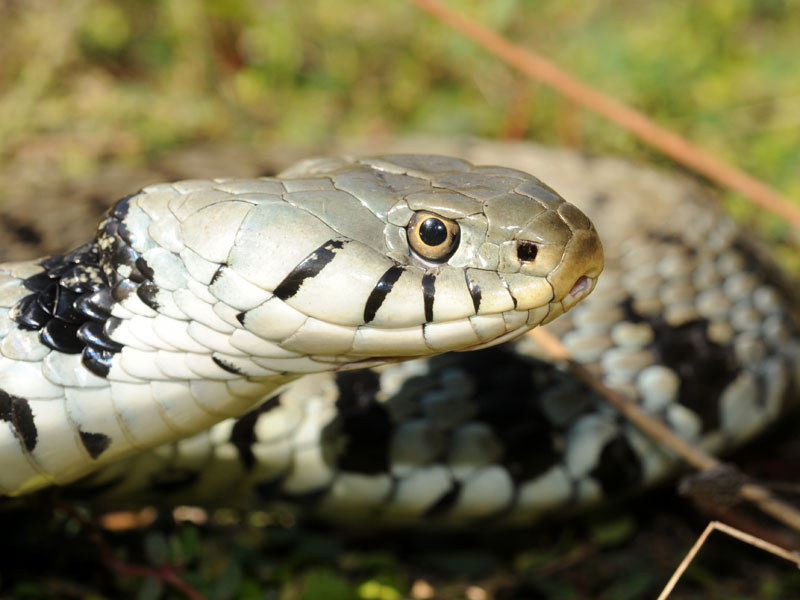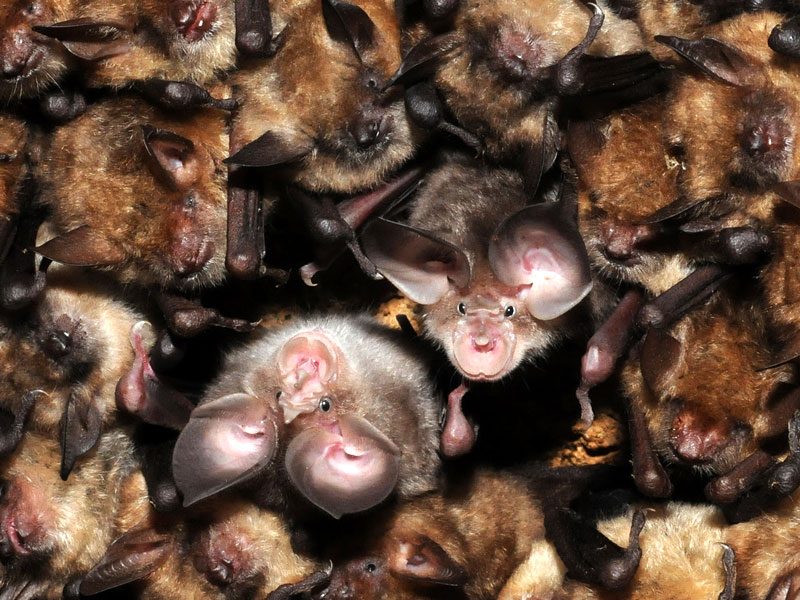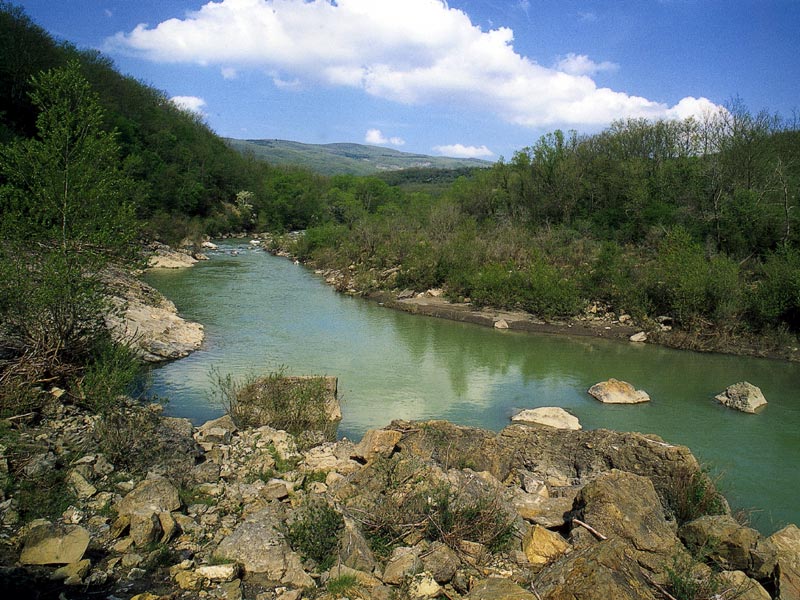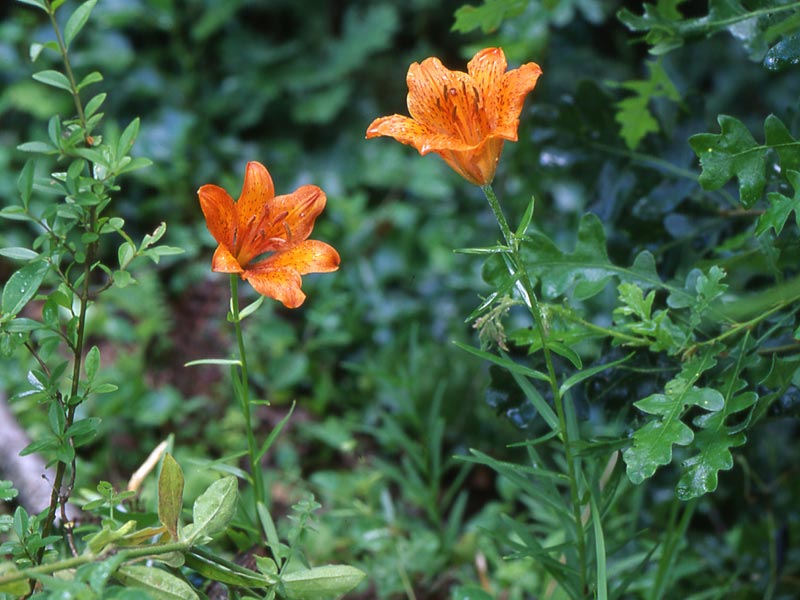Protected Area
Identity Card
- Monte Rufeno Nature Reserve:
- Land Surface Area: 2'893.00 ha
- Regions: Lazio
- Provinces: Viterbo
- Municipalities: Acquapendente
- Establishment Measures: LR 66 19/09/1983
- PA Official List: EUAP0273
- Park Authority: Comune di Acquapendente
- Further managed Protected Areas:
- VR Bosco del Sasseto
Monte Rufeno Nature Reserve
Monte Rufeno Nature Reserve was established in 1983 and safeguards wide
woods in a hilly landscape where the river Paglia runs. About 3,000
hectares of protected area are dominated by mixed oak woods,
Mediterranean maquis, and reforestations with conifers.
At the
border with Umbria and Tuscany, the Reserve, thanks to it particular
geographical position and to the local historical events, houses very
rich flora and fauna characterized by very rare species.
The typical stone farmsteads are scattered in the woods and they have
been restored with didactic and tourist aims; moreover, the area is
rich in streams, ponds, and springs which favour not only pleasant
excursions, but also the presence of flora and fauna exclusive of these
places.
The
"Museo del Fiore", situated near Torre Alfina, offers the possibility
to appreciate the biodiversity of the territory by leading the visitor
into the world of flowers, with their evolution, ecological, and
cultural aspects, and their relationship with the world of animals.
The Natural Environment
The territory of the Reserve is characterized by a gentle morphology
which is typical of the hilly landscape of the higher Lazio and of the
southern part of Tuscany. The mountains reach modest altitudes (maximum
774m above sea-level), and descend towards the wide valley of the
river Paglia, which springs from Mt. Amiata and flows into the river
Tiber. The latter divides the Reserve into two parts: in the middle of
the largest part there is Mt. Rufeno, while the other is the area of
Torre Alfina.
Several affluents of the river Paglia run through the
Reserve or mark its boundaries: among them, the river Subissone (near
Torre Alfina), Fossatello, Tirolle, and Acquachiara.
Vegetation
The Reserve is dominated by mixed oak woods consisting mainly of Turkey oaks (Quercus cerris),
with different levels of mixture: from the pure Turkey oak woods to the
mixed oak wood with maples, hornbeams, service trees, and ash trees. In
the North, where it is cooler and near the watersheds, there are
English oaks (Quercus petraea) with hornbeams, maples, and rare specimens of holly (Ilex aquifolium).
Many of these 40-year-old oak woods have been recently started as high
trunk woods, and at the top of Mt. Rufeno there is a small chestnut
tree wood also started as high trunk wood.
The warmer slopes lying at lower altitudes are dominated by Turkey oak woods of downy oaks (Quercus pubescens) and holm oaks (Quercus ilex) together with the service tree (Sorbus domestica) and the Montpellier maple (Acer monspessulanum).
The most degraded oak woods by fires and excessive exploitations have
been transformed into Mediterranean maquis areas dominated by holm oaks
with strawberry tree (Arbutus unedo), phillyrea (Phillyrea latifolia), and viburnum (Viburnum tinus).
The reforestations with conifers, black pine (Pinus nigra), Aleppo pine (Pinus halepensis) and maritime pine (Pinus pinaster)
cover one fifth of the Reserve. The frame is completed by small areas
of pastures and uncultivated fields, olive groves, riparian vegetation,
and the so-called "trosce".
Fauna
Thanks to the geographical position, to the past history, and to the
different environmental typologies present in the Reserve, there is a
rich and varied animal community consisting of typical Mediterranean
species and species coming from the North.
As far as the
terrestrial vertebrates are concerned (considering only the nesting
avifauna and excluding the chiropters), the Reserve houses 122 species:
11 amphibians, 11 reptiles, 67 birds, and 33 mammals.
A
high degree of biodiversity not only at a local level (Monte Rufeno
houses the 65% of the species populating the province of Viterbo and
the 54% of Lazio) but also at a national level (30% of the Italian
species).
Exploitation of the Territory
The area is almost completely free from human settlement and it is
covered with woods; however, the influence of man in shaping the
landscape has been decisive.
Up to the 1960s the area was private
property and it was managed according to the share cropping method. The
farmsteads were inhabited by farmers who cultivated vineyards, olive
groves, cereals alternating with meadows-pastures for cattle breeding.
The area was gradually abandoned because of the low incomes and it was acquired by the "Azienda di Stato per le Foreste Demaniali" (A.S.F.D): as a consequence, the human influence considerably diminished.
The
A.S.F.D. carried out reforestation activities with conifers planted on
the former cultivations, while the copse wood which had been previously
exploited became old.
In 1977 the property was transferred to the Lazio Region and in 1983 Monte Rufeno Nature Reserve was established.
Flora
The flora is the object of recent and thorough researches (see
researches). It includes about 1,012 species of superior plants, many of
which are very rare and vulnerable and have within the Reserve the only
stations of the region.
Among the most interesting species there is the very rare water-violet (Hottonia palustris), present in Central Italy only in the Reserve, the rare Santolina etrusca, an endemism of the Anti-apennine of Tuscany and Lazio, the orange lily (Lilium bulbiferum ssp. croceum), the Turk's cap lily (Lilium martagon), the Iris graminea, the Italian crab (Malus florentina), the narcissuses (Narcissus poeticus and N. tazetta), the burning bush (Dictamnus albus) and other rare plants like the heather (Calluna vulgaris), and the forest green oak (Quercus frainetto).
Other peculiarities are the bloomings of 39 species of spontaneous orchids among which the rare Ophrys insectifera.




